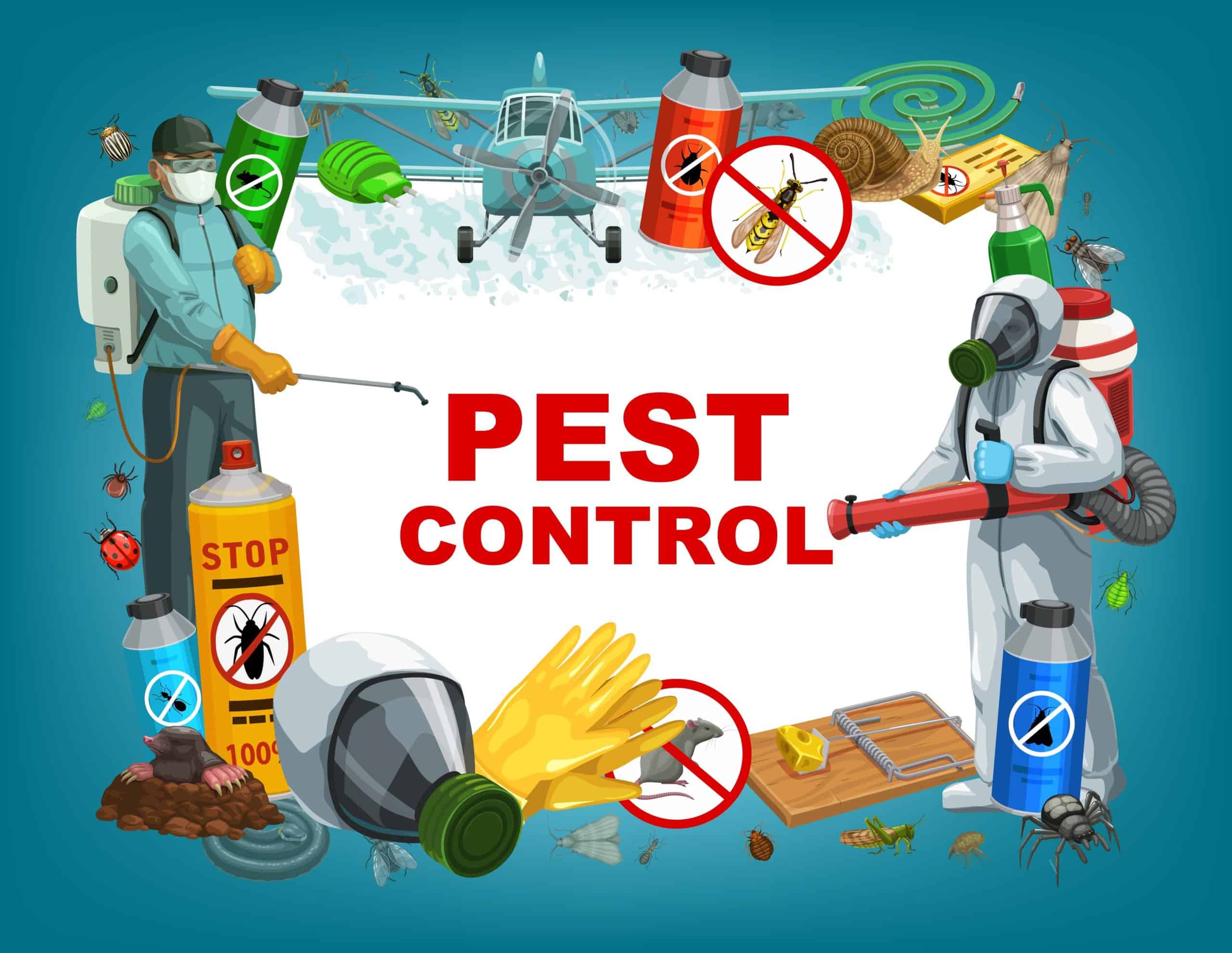Bed Pest Therapy Break Down: Comparing Chemical Vs. Non-Chemical Solutions
In the world of pest control, specifically when handling the persistent issue of bed insects, the selection between chemical and non-chemical therapy solutions can be an essential one. Both approaches use distinctive advantages and downsides, influencing variables such as efficiency, safety and security factors to consider, and overall expense. By checking out the nuanced details of each approach, a more clear understanding of which course to pursue in attending to a bed pest invasion can be achieved.
Effectiveness of Chemical Therapies
Chemical treatments for bed bug infestations have actually been widely identified for their quick and powerful efficiency in removing these bugs. When considering the effectiveness of chemical therapies, it is crucial to recognize that they can give a fast and thorough service to a bed insect issue. Expert pest control men commonly count on pesticides to target bed insects at different stages of their life process, including adults, fairies, and eggs. These chemicals usually work by disrupting the bed bugs' nerve system, bring about paralysis and ultimate fatality.
In addition, chemical therapies have the benefit of providing residual effects, meaning that they can continue to eliminate bed insects also after the initial application. This recurring activity is especially advantageous in combating any type of potential re-infestations. In addition, the fast action of chemical treatments can bring relief to people facing severe bed pest infestations, permitting them to reclaim control of their space swiftly.
Security Interest In Chemical Solutions
One essential aspect that needs careful factor to consider when using chemical remedies for bed insect treatment is making certain the security of owners and the atmosphere. While chemical treatments can be reliable in eliminating bed bugs, they may position risks if not taken care of effectively. Among the main security worries with chemical solutions is the possible harm they can create to human health. Exposure to certain chemicals used in bed pest therapies can lead to breathing concerns, skin irritation, or other damaging reactions, particularly in individuals with pre-existing problems or sensitivities. Furthermore, incorrect application or dose of chemical pesticides can lead to toxic deposits remaining in the treated location, posturing long-lasting health and wellness risks to occupants.
Moreover, the ecological effect of chemical options is one more substantial consideration. Some pesticides made use of in bed pest treatments may be damaging to useful insects, wildlife, and environments if they seep into the soil or water systems. It is necessary to make use of chemical therapies sensibly, complying with safety and security standards, and considering much less toxic options to minimize these risks and make sure the reliable and safe administration of bed bug problems.
Advantages of Non-Chemical Approaches
Thinking about the potential safety worries and ecological influence associated with chemical services for bed bug treatment, checking out non-chemical techniques provides a promising option with a number of distinct advantages. Non-chemical methods offer a safer choice for homes, specifically those with people, youngsters, or family pets conscious severe chemicals. These methods get rid of the dangers of exposure to harmful substances, reducing the potential for negative wellness effects. Moreover, non-chemical therapies are environmentally pleasant, as they do not add to air or water contamination, making them a lasting choice for bug control.
In addition, non-chemical services can be effective in targeting bed pests, including hard-to-reach areas where chemical therapies might not permeate. Methods such as warmth treatment, vacuuming, steam cleansing, and mattress encasements provide comprehensive removal without making use of harmful chemicals. In addition, non-chemical techniques can be less turbulent, calling for marginal prep work and enabling quicker reentry right into treated areas. In general, choosing non-chemical bed bug therapy methods not only focuses on security and environmental management but additionally guarantees extensive and effective pest control.
Limitations of Non-Chemical Treatments

In addition, non-chemical treatments commonly call for multiple applications to Check This Out accomplish effective eradication. This can be time-consuming and might not constantly assure complete elimination of all bed insects and their eggs, specifically in surprise or hard-to-reach locations.
Additionally, the success of non-chemical therapies heavily relies upon correct execution and thoroughness, which can be challenging for individuals without expert knowledge. Insufficient application of non-chemical approaches may result in incomplete elimination, bring about persistent invasions and the demand for extra therapies.
As a result, while non-chemical therapies have their advantages, it is important to acknowledge these constraints and consider them when identifying one of the most effective technique top article for managing bed insect problems.
Price Comparison: Chemical Vs. Non-Chemical Options
Given the limitations connected with non-chemical therapies, an essential element to examine in the context of bed insect administration is the expense comparison in between chemical and non-chemical alternatives. In contrast, non-chemical treatments like heat treatment or vapor can be more expensive, with prices ranging from $1,000 to $6,000 for a whole home. While the first cost of chemical therapies might seem lower, numerous treatments might be required to completely eradicate the invasion, possibly enhancing the total price.
Conclusion

Taking into consideration the potential safety and security problems and ecological impact associated with chemical services for bed insect therapy, checking out non-chemical methods presents an appealing choice with a number of unique advantages.Provided the restrictions connected with non-chemical treatments, an important element to review in the context of bed bug administration is the expense comparison between chemical and non-chemical choices. In comparison, non-chemical therapies like warmth therapy or steam can be much more costly, with expenses ranging from $1,000 to $6,000 for an entire home. While the initial expense of chemical treatments may appear reduced, multiple treatments might be needed to completely remove the problem, pest specialist possibly boosting the total cost.In conclusion, when comparing chemical and non-chemical bed bug therapy alternatives, it is vital to take into consideration performance, security, advantages, restrictions, and expense.